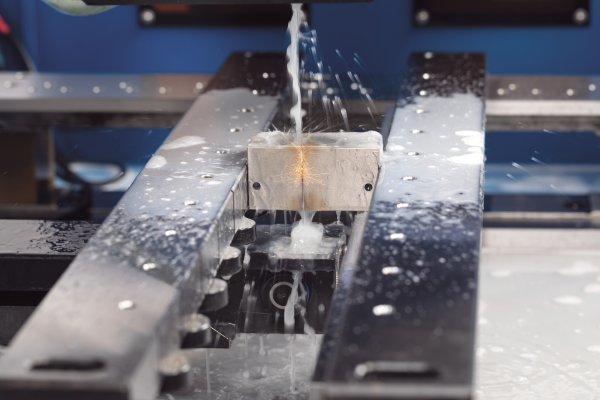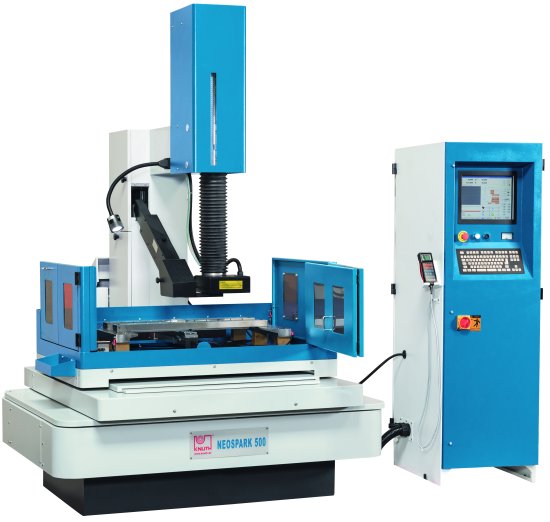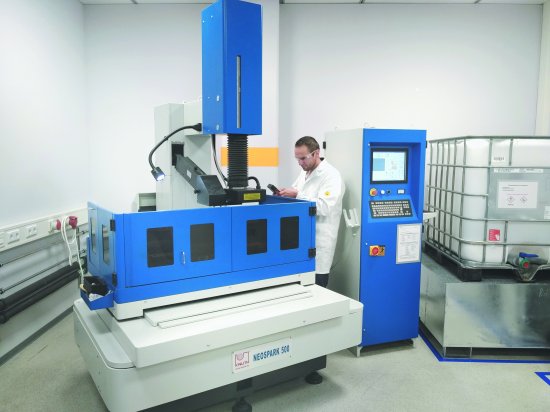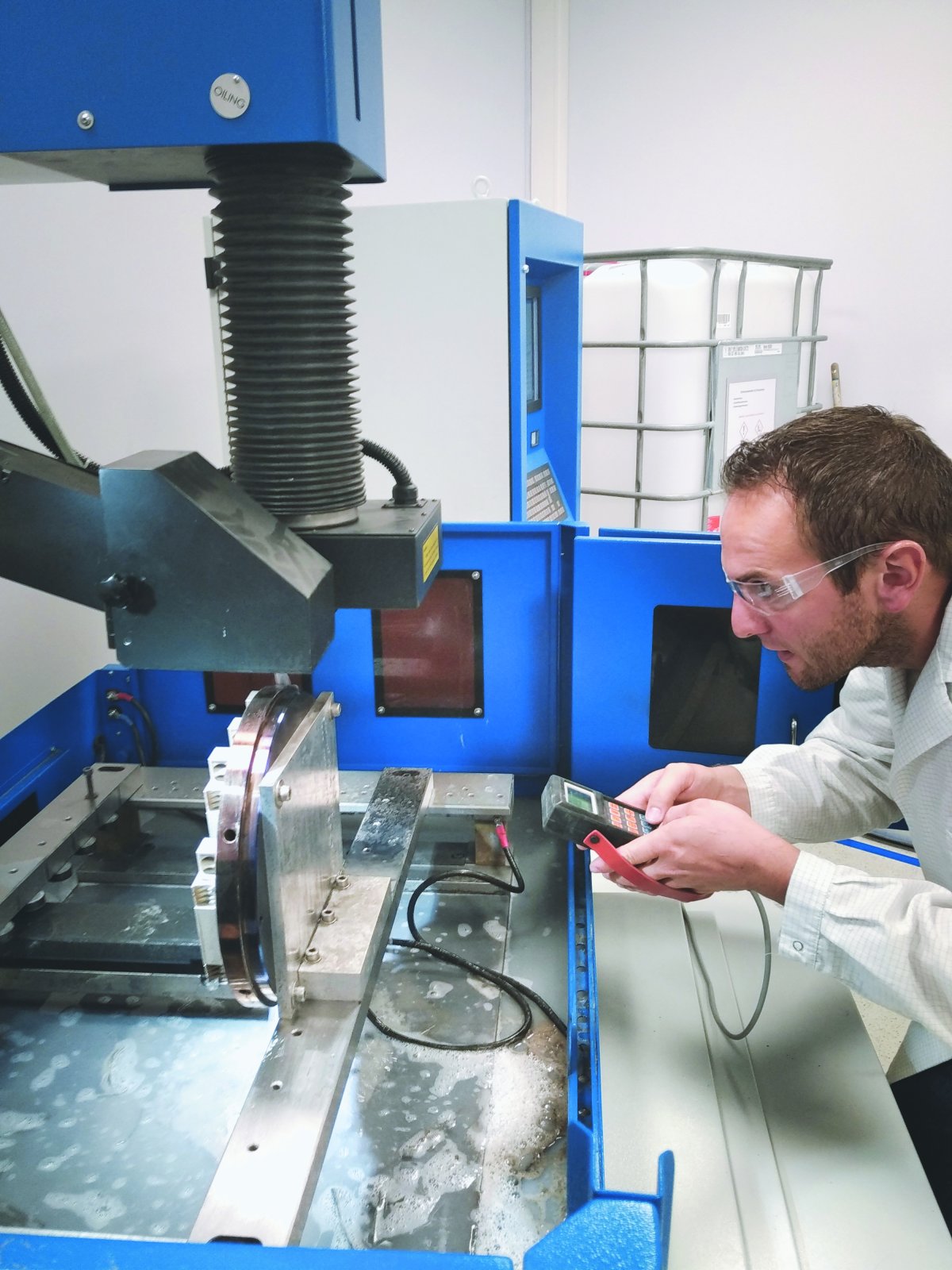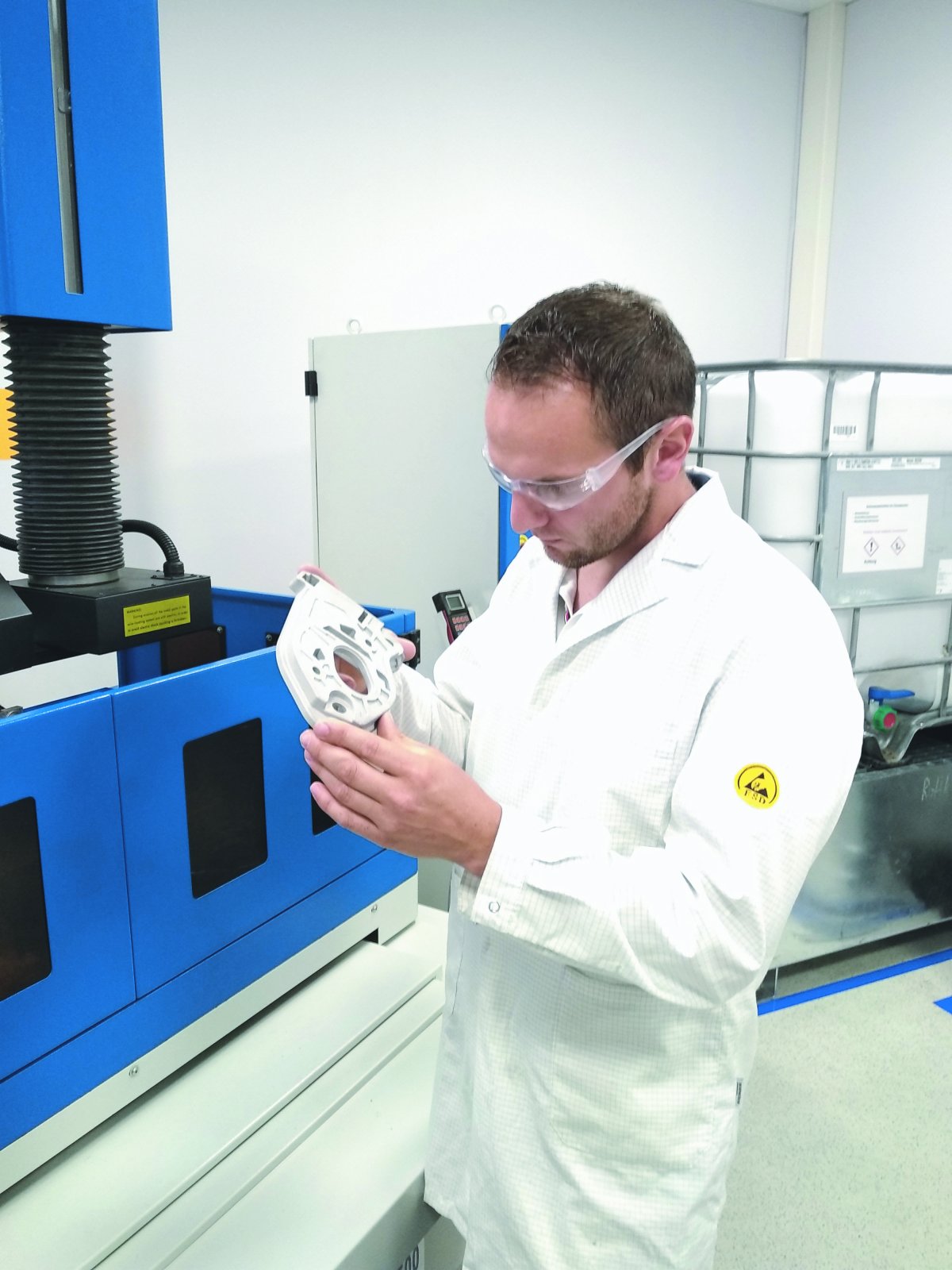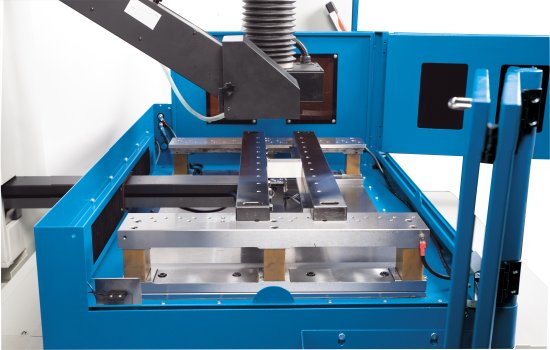
A Perfect Cut
Continental Engineering Services rely on High Speed Wire EDM by KNUTH for their 3D-printed production. Continental Engineering Services has nothing to do with automotive tires. Based in Frankfurt, Germany, this company generates most of its sales from development services for automotive and industrial applications.
Continental Engineering Services rely on High Speed Wire EDM by KNUTH for their 3D-printed production. Continental Engineering Services has nothing to do with automotive tires. Based in Frankfurt, Ger...
read more